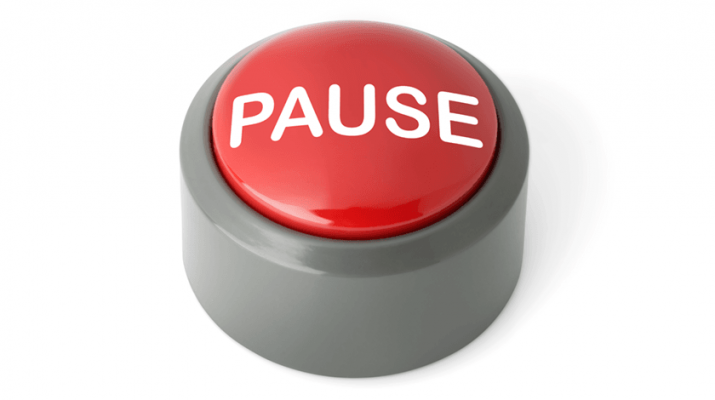Caregivers urged to get frequent breaks to avoid burnout
By Deborah Jeanne Sergeant

If you care for an elderly loved one at home, particularly one with memory issues, you should consider respite care.
“Care giving is very, very challenging,” said physician Sharon Brangman, who serves as chief of the department of geriatrics at Upstate University Hospital. “Most of the caregivers we work with want to participate in the care but that doesn’t minimize how challenging it is to give that care.”
She said that many times caregivers lack the perspective to realize their own stress level.
Many caregivers feel guilty about leaving their loved one in someone else’s care; however, Brangman said that respite care often gives them the ability to provide better care, since people who feel burned out end up giving less-than-optimal care.
“They’re exhausted but they can’t stop,” Brangman said. “Or they think they have a physical ability to change the course of a disease if they try hard enough. They have unrealistic goals in their role in the disease process. The hardest part may be reaching out to get help. Then it should get easier.”
Respite services may be offered at a day program, at home for short-term or long-term periods, or at nursing homes for long-term, such as for a vacation.
The types of care for the elderly can include companion care, where meal preparation may be provided, but no personal care. The next level is a personal aide who might help with chores like bathing or toileting and reminders to take medication. The highest level of care is medical care, which includes assistance with taking medication.
Changing the mindset about respite involves helping caregivers realize that respite is both good for them and their loved one. Many frail, elderly adults can’t get out much. Seeing a fresh face or visiting a senior center with activities can provide a pleasant diversion from chronic pain and boredom.
Sara Sunday, aging services administrator with Oswego County Office for the Aging, said that some feel they can’t afford respite, not realizing the free, contribution-suggested and income-based options available.
Caregivers can start with people they know. When trusted neighbors, friends or family members ask what they can do to help, see if they can sit with your loved one for a few hours once or twice a month. Enlisting several helpers can offer you regular time away.
Sunday said that volunteers can be very helpful.

“It comes down to the trust of the person to leave their loved one in the trust of someone else,” she said. “We’re trying to work with the churches in the community in Oswego County to see if that’s something they wanted to bring to the community. It’s needed.”
Free day programs are usually staffed by trained volunteers. They usually offer programs certain days of the week or just a few days per month. Paid services can also help provide respite. Professional care giving facilities can include senior centers, which typically don’t provide personal care, senior daycare, which may provide personal care, and medical day care.
Respite workers can also come overnight so caregivers can sleep better.
Veterans enrolled for benefits with the Veteran’s Administration (VA) can receive in-home care or up to 30 days per year outside their home.
The VA provides a caregiver support line and hosts special events in the community to help caregivers. The organization also counsels caregivers about the help available in the community.
“To be the best caregiver, you need self care,” Sunday said. “You can get caregiver burnout. To be the best caregiver, you have to step back, take a breather, and go back refreshed with a clean frame of reference.”
Finding Respite
To locate respite services near you, contact New York Connects and at 800-342-9871 or www.nyconnects.ny.gov. Also, visit www.ongov.net/aging/documents/AdultDayPrograms.pdf for Onondaga County or search for respite in all of Central New York at https://211cny.com.

